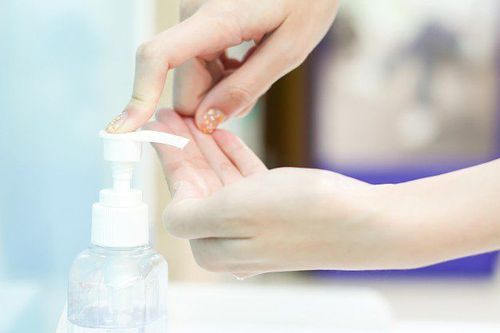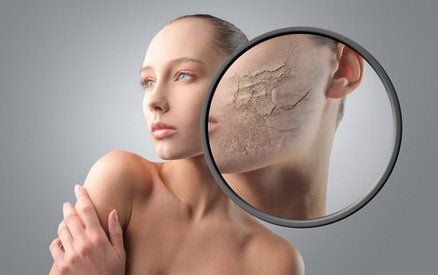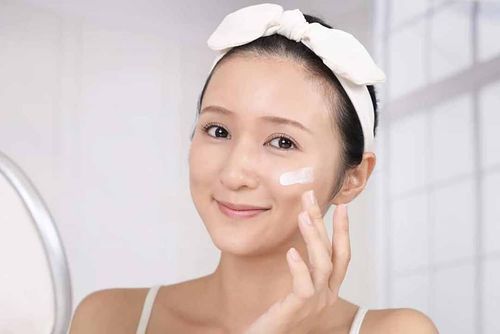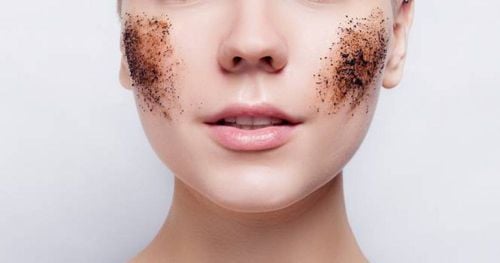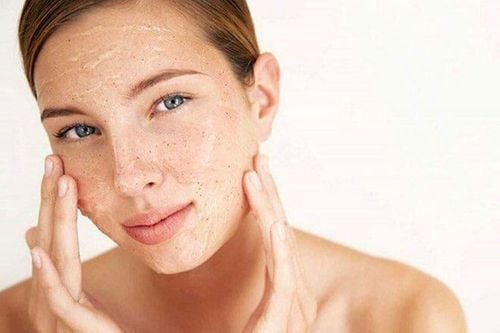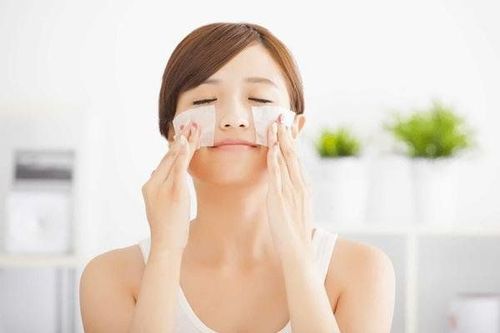This is an automatically translated article.
Cosmetic allergy or cosmetic skin irritation, which is very common in some people with atopy. Depending on each person, a mild or severe cosmetic allergy can occur.
Makeup products such as (face, eyes), lotions, perfumes, etc. can cause allergies at any age. An allergy is a state in which the immune system overreacts to potentially non-toxic substances. Allergens can trigger the immune system to release antibodies and cause allergy symptoms. Cosmetic allergy often manifests as itching, red rash on the skin or contact dermatitis.
1. Common cosmetic allergens
The US Food and Drug Administration (FDA) compiled a list of common cosmetic allergens and classified them into 5 main groups, which are natural rubber (latex), perfume (chemicals) fragrance), preservatives, dyes and coloring chemicals, metals (nickel, gold).
2. What should I do if I have a cosmetic allergy?
Regarding cosmetic allergens, the best way to prevent an allergic reaction is to be aware of which chemicals you are sensitive to. To limit your exposure to allergens, the first thing to do is read the ingredient list carefully, then discard these cosmetics.
In the United States, there is still no standard or definition for the use of terms such as “hypoallergenic products”, “unscented products” or “products for sensitive skin”. However, certain ingredients may be generically listed as “fragrance” or “perfume” without identifying specific ingredients.
If looking at a product's ingredient list and having questions regarding cosmetic allergens, consumers can contact the manufacturer printed on the product label. In addition, consumers also need to check the information printed on the product label and follow the instructions for use before use.
Reading product information is very important, as some products contain ingredients that can cause irritation, whether you are allergic or not. For example, the manufacturer of some hair dyes, instructs users to test a small amount of a product first to see if they are sensitive to the ingredients in the product before using more.
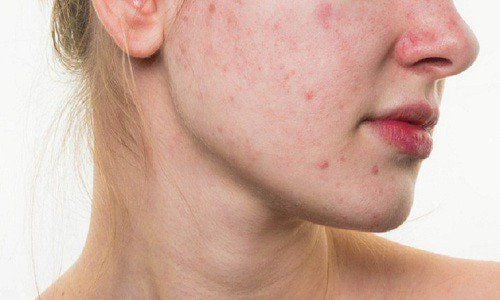
Tình trạng da kích ứng mỹ phẩm do chất dị ứng trong mỹ phẩm gây ra
3. How does cosmetic allergy manifest?
Depending on each person, cosmetic allergic reactions will occur with varying degrees, from mild such as itching, rash, peeling skin, to severe such as swelling of the face, irritated eyes, nose or mouth, breathing. wheeze and even go into anaphylactic shock.
In which, anaphylaxis is a very dangerous allergic condition, affecting the patient's life with manifestations such as lethargy, shock, difficulty breathing, nausea, vomiting, inability to swallow, chest pain , the pulse is fast and weak. When experiencing anaphylaxis with these signs, take the person to the nearest hospital or medical facility immediately.
Cosmetic allergy not only causes contact dermatitis, but it can also affect the respiratory system when inhaling fragrance ingredients, especially in people with allergic rhinitis, asthma or viral infections. cause respiratory infections.
For those who are sensitive to chemicals that create scents, or fragrances contained in perfumes and cosmetics, cosmetic allergies can also occur when inhaled with symptoms such as coughing, choking, wheezing. wheezing, stuffy or runny nose, headache, chest pain. When experiencing symptoms of a cosmetic allergy, consult a health care professional, as allergen sensitization can progress to severe severity if left untreated for long periods of time. for a long time without taking precautions.
4. Cosmetic allergy tests
Actually, you don't have to wait until symptoms appear to know if you have a cosmetic allergy or not. Consumers can try and find out what they are allergic to with a number of tests. Knowing exactly what an allergen is will help avoid coming into contact with it.
Here are some tests that allow you to check if your body is allergic to cosmetics:
Patch Test: This test is commonly used to diagnose dermatitis, or irritation, and skin swelling. This test involves placing a small amount of an allergen on the skin and applying it for 2 days. After about 3-4 days, the doctor will conduct a test to see if there is an appearance of an allergic reaction, such as a rash or hives. Based on your current symptoms, your doctor can determine if you have a cosmetic allergy. This test can be done 2 - 3 times to confirm the results. However, in people with sensitive skin, this test may not be specific enough to help identify allergens and other methods may be necessary. Prick Test: This type of test involves placing an allergen on the skin and inserting a needle into the skin in the same spot. The injected area (usually on the forearm) will be monitored. If you have a cosmetic allergy, you may develop symptoms such as a red, itchy, or swollen rash.

Prick Test là một trong các xét nghiệm kiểm tra dị ứng mỹ phẩm
Website of Vinmec International General Hospital gives customers a lot of useful information in many different fields. You can regularly visit to learn and get yourself the knowledge to take care of yourself and everyone in your family.
Please dial HOTLINE for more information or register for an appointment HERE. Download MyVinmec app to make appointments faster and to manage your bookings easily.
Reference source: fda.gov



